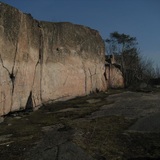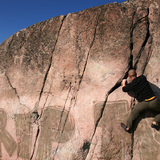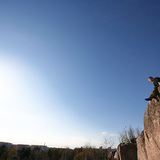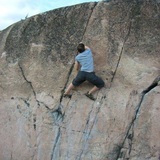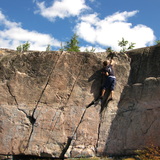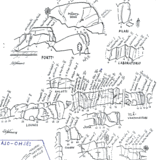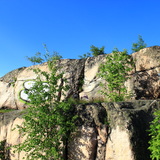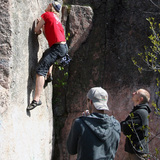The Pihlajanmäki area consists of several prominent, south-west facing cliffs. The area is particularly suitable for (outdoor) novices due to good landings and easily readable routes. There are also some more challenging routes for more experienced climbers. Between the climbs, Pihlajanmäki offers good views over the nearby landscape, which are best enjoyed during the evening.
Pihlajanmäki is exposed to sun and on warm days the rock turns slippery. The views also attract youth, producing unfortunate side-effect of broken glass and graffiti at climbing spots. Fortunately, many visitors have taken a habit of cleaning the place while resting, and most devoted have even taken the time and effort to clean away the graffiti.
The original hand-drawn topos from Matti A. Jokinen are available at mountainshop site:
http://www.mountainshop.fi/cms/wp-content/uploads/2014/04/pihlis.gif
